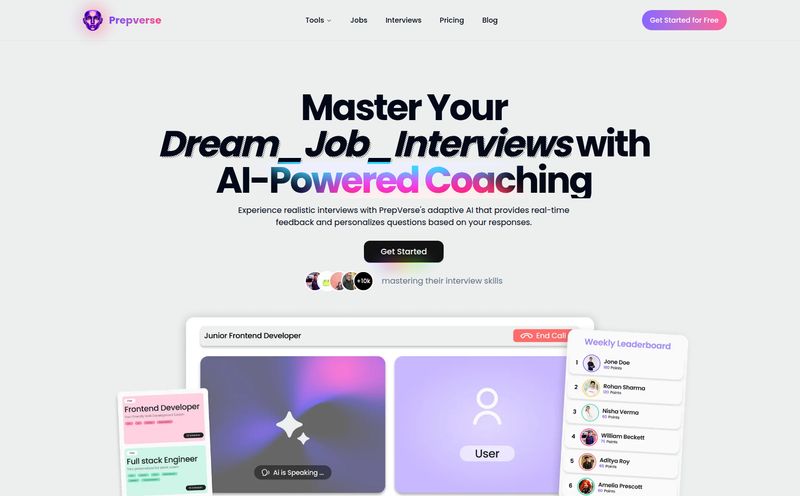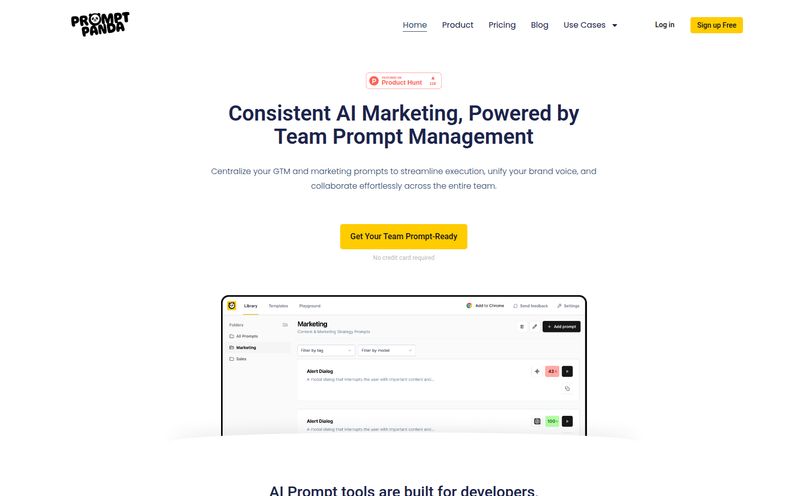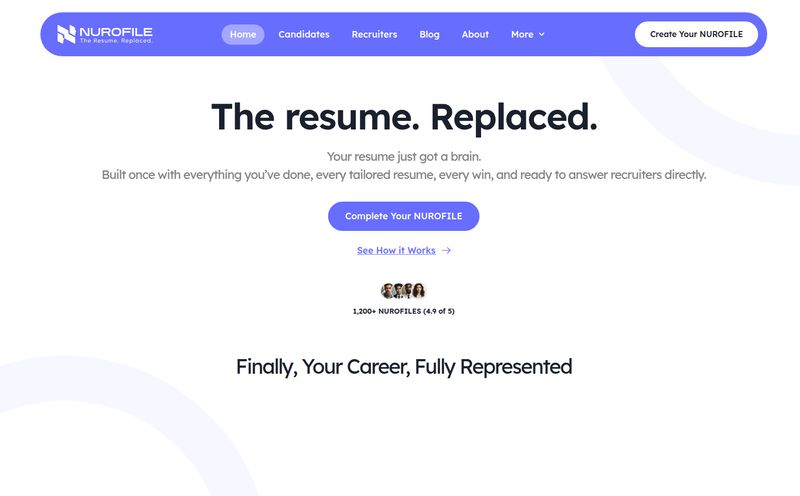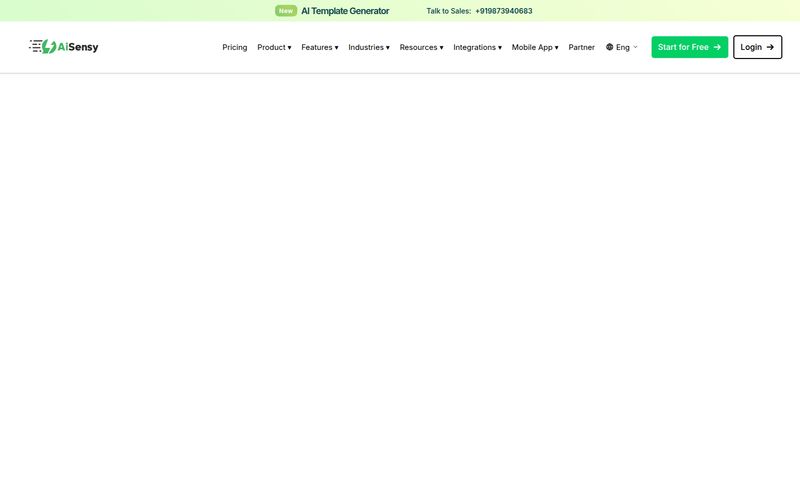We've all been there. You launch a killer SaaS product. The features are slick, the UI is clean, and the initial sign-ups are rolling in. You're feeling good. But then… you check your metrics. And you see it. That quiet, soul-crushing drip, drip, drip of user churn.
It’s the silent killer for so many software companies. Users sign up, poke around confused for a bit, don’t find what they need, and then vanish without a word. They don’t complain, they just… leave. It’s a communication gap. A black hole between your brilliant product and the people you built it for. For years, we’ve tried to patch this with clunky FAQs, slow email support, and chatbots that feel about as smart as a toaster.
So when I heard about a platform called Flochat, which claims to automate chat specifically for SaaS teams using a mix of AI, logic, and a human touch, my ears perked up. Could this be the tool that finally plugs the leak? I decided to take a closer look.
So, What Exactly is Flochat?
In a nutshell, Flochat is a chat automation platform designed to be the central nervous system for your user communication. Think of it less as a simple “chatbot” and more as a dedicated, always-on concierge for your software. Its entire purpose is to bridge that gap between your product and your users, making sure no one feels lost or ignored.
The real magic here is its approach. It's built on a no-code and low-code foundation. This is huge. It means your product managers, your support leads, even your marketing folks, can jump in and build sophisticated conversational experiences without needing to write a single line of code. No more waiting on the dev queue for six weeks to change a simple welcome message. You get an idea for improving user onboarding in the morning, and you can have it live by the afternoon.
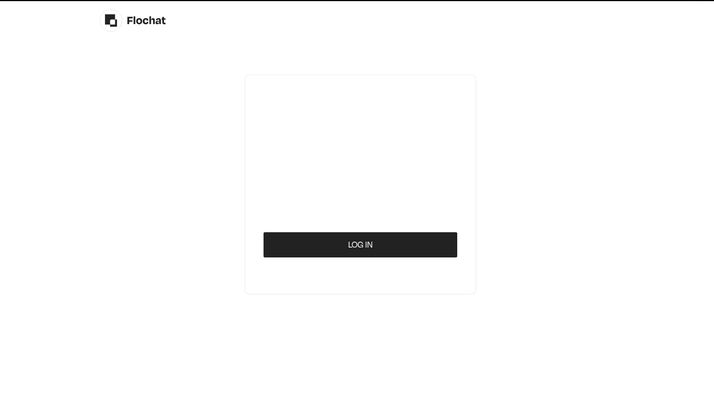
Visit Flochat
This democratizes the whole process, taking power from a few gatekeepers and putting it into the hands of the people who understand the user best.
The Core Features That Actually Matter
A tool is only as good as its features, right? I've seen countless platforms promise the world with a shiny feature list that ends up being more fluff than substance. Flochat seems to be focused on a few core things that genuinely solve problems.
The Magic of the Omnichannel Inbox
If you're running support or community for a SaaS, you know the pain. You’ve got DMs on Twitter, messages in your in-app chat, emails to the support address, maybe even comments on a Facebook page. It's a nightmare of a dozen browser tabs and lost context. Flochat brings all of this into one single, unified omni-channel inbox. A message is a message, regardless of where it came from. This means faster responses, happier users, and a saner support team. It’s such a simple concept, but one that so many get wrong.
Building Smarter Workflows with the Flow Builder
This is where things get really interesting. The flow builder is the heart of Flochat. It's a visual canvas where you can map out entire user conversations. This isn’t just for “if user says X, you say Y.” You can build complex, logical paths for all sorts of scenarios:
- New User Onboarding: Guide a new user through their first “aha!” moment, step-by-step.
- Feature Discovery: Proactively ask a user if they’ve tried that new feature you just shipped.
- Troubleshooting: Automate the first few diagnostic questions before a human agent ever needs to step in.
You’re not just answering questions; you’re creating guided experiences. You're proactively engaging users instead of waiting for them to get stuck.
Let's Talk About the AI Assistant
Okay, “AI” is the buzzword of the decade, and frankly, I'm tired of it being slapped on everything. But here, it seems practical. Flochat’s AI assistant is designed to reduce churn by providing instant, intelligent help. The most impressive part? Its integration capabilities. They specifically mention a GitBook AI integration. Think about that for a second. Your entire knowledge base, all your help docs on GitBook, can be used to instantly answer user questions right inside the chat. That's not just a canned response; that’s your documentation coming to life to help someone in their moment of need. Absolutely genius.
This frees up your human agents from answering the same 20 questions over and over again, allowing them to focus on the truly complex, high-value conversations.
The Big Question: What's the Price?
Alright, this is usually the part where the other shoe drops. You get sold on the dream, and then you see a price tag that only a VC-backed behemoth could stomach. But this is where Flochat got my attention. According to their info, they offer not just a free trial, but a free forever plan.
Let that sink in. A free forever plan. In my experience, this is a sign of a company that is confident in its product. They're essentially saying, “Here, use it. We know you’ll see the value and want to upgrade when you grow.” This is a massive win for early-stage startups and bootstrappers who need to be scrappy. You can get started, prove the ROI, and then scale up. I would imagine the paid plans will likely unlock more seats, a higher volume of conversations, or more advanced integrations, which is a totally fair model.
My Honest Take: The Good and The Potential Hiccups
No tool is perfect, and I'm always skeptical. So here’s my balanced view.
What I love about it is the accessibility. The no-code approach is a game-changer. The focus on a real SaaS problem—the communication gap that leads to churn—is spot on. And that free forever plan? It removes almost all the risk of trying it out. The omnichannel inbox and the smart GitBook integration show they really understand the day-to-day workflow of a SaaS team.
Where I see potential bumps in the road, it's less about the tool and more about its implementation. A powerful flow builder means you need a strategy. You can’t just turn it on and expect miracles. You need to thoughtfully map out your user flows. There's probably a bit of a learning curve to master the more advanced logic. Also, like with any platform, you're building a dependency on it. That’s not necessarily a bad thing if the tool is good, but it’s something to be aware of.
Ultimately, Flochat looks less like another chatbot and more like a strategic asset. It's a tool for being proactive, not reactive. For building relationships with users at scale, not just closing support tickets. In a world where customer experience is the biggest differentiator, that's a pretty powerful proposition.
Frequently Asked Questions (FAQ)
- Is Flochat difficult to set up?
- It's designed to be user-friendly with its no-code and low-code approach. Basic setup and simple flows should be straightforward for non-technical team members, though mastering complex automation will naturally take a bit more time.
- Can Flochat completely replace my human support team?
- No, and it shouldn't. The goal is to augment your team, not replace them. Flochat handles the repetitive, common questions, freeing up your human experts to tackle the complex, high-touch issues where they're needed most.
- What kinds of integrations does Flochat support?
- They specifically highlight an AI integration with GitBook to pull answers from your documentation. They also mention custom integrations, which implies an API or webhook system to connect with other tools in your stack.
- Is there really a free version of Flochat?
- Yes. The information available points to both a free trial and a 'free forever' plan, which is fantastic for startups and small teams who want to test the platform's impact before committing financially.
- How does Flochat actually help reduce customer churn?
- It helps in several ways: by providing instant answers 24/7 so users don't get frustrated and leave, by proactively guiding them through onboarding and new features, and by creating a more engaging, responsive experience that makes users feel valued.
Reference and Sources
- To learn more about knowledge base tools, check out GitBook's official site.
- For a deep dive into the impact of customer churn on SaaS, this article from Baremetrics is a must-read.
- Interested in the broader no-code movement? TechCrunch has some interesting perspectives on its growth and future.
